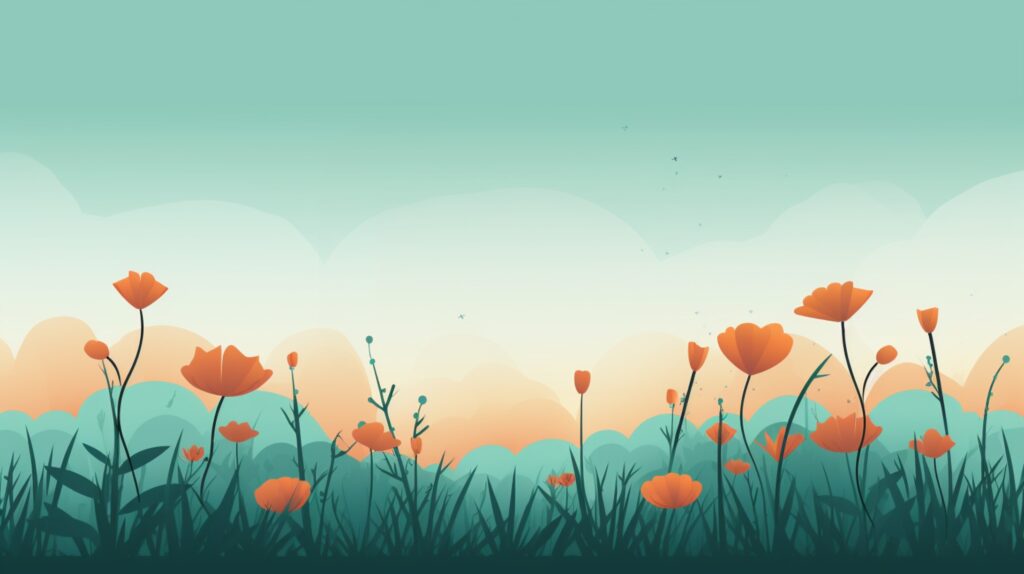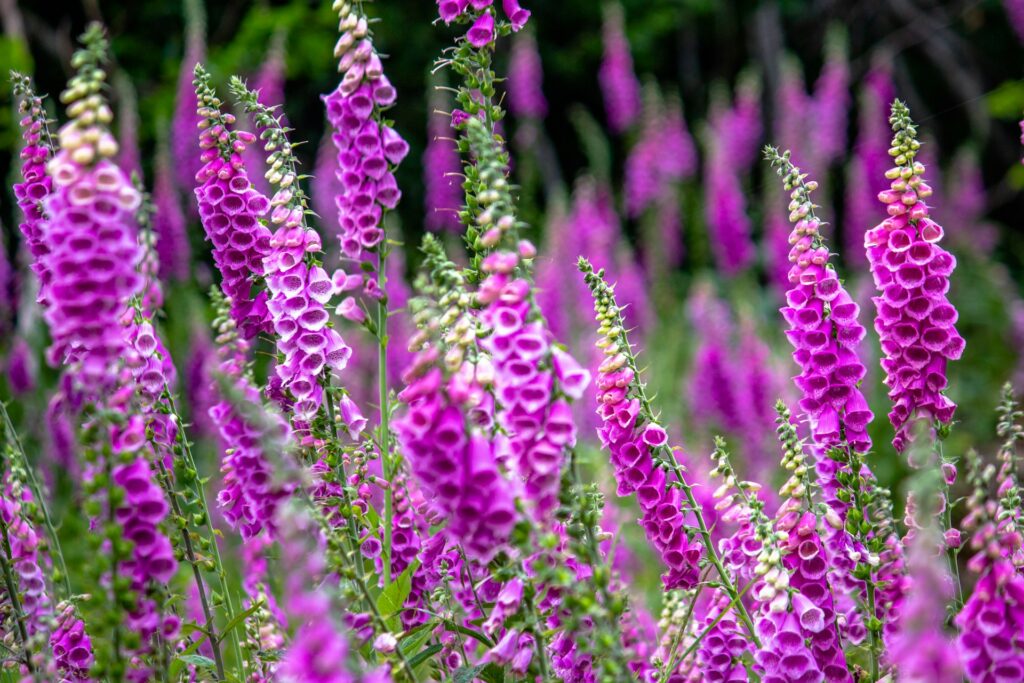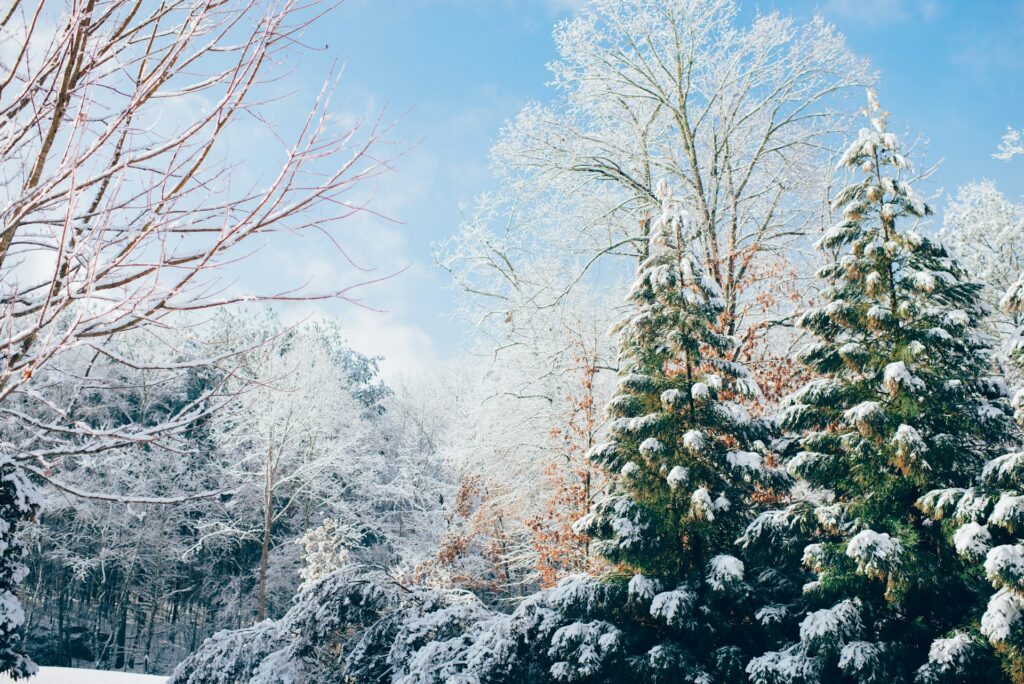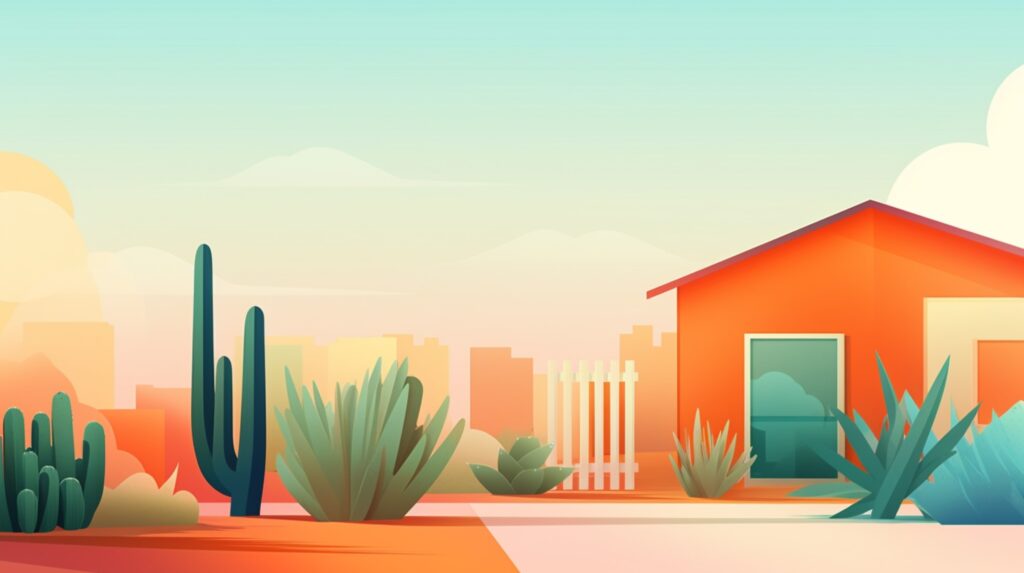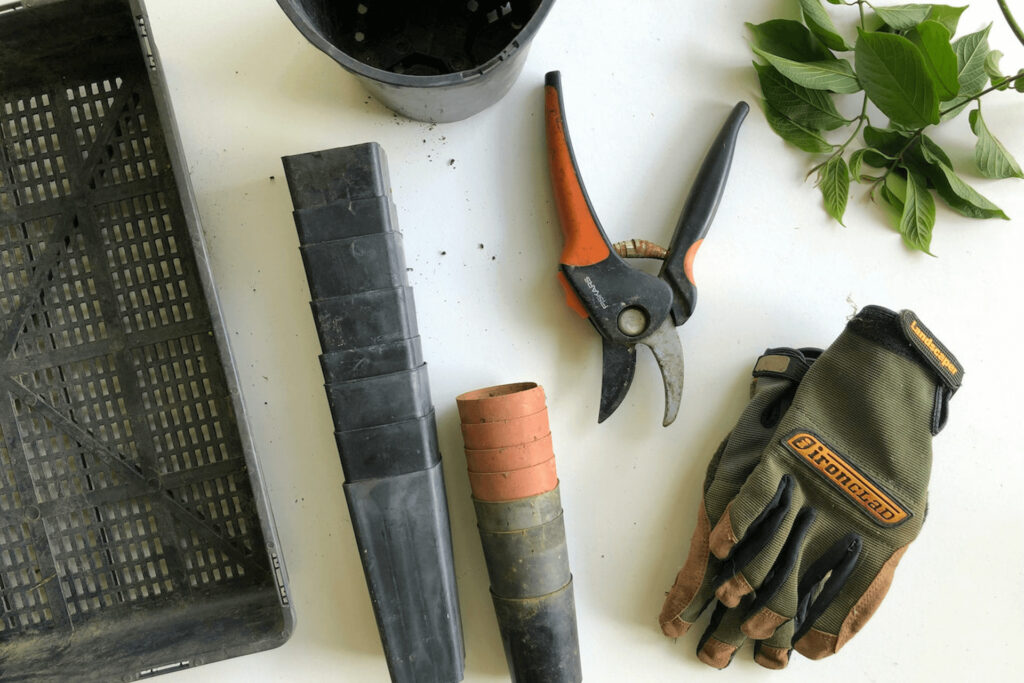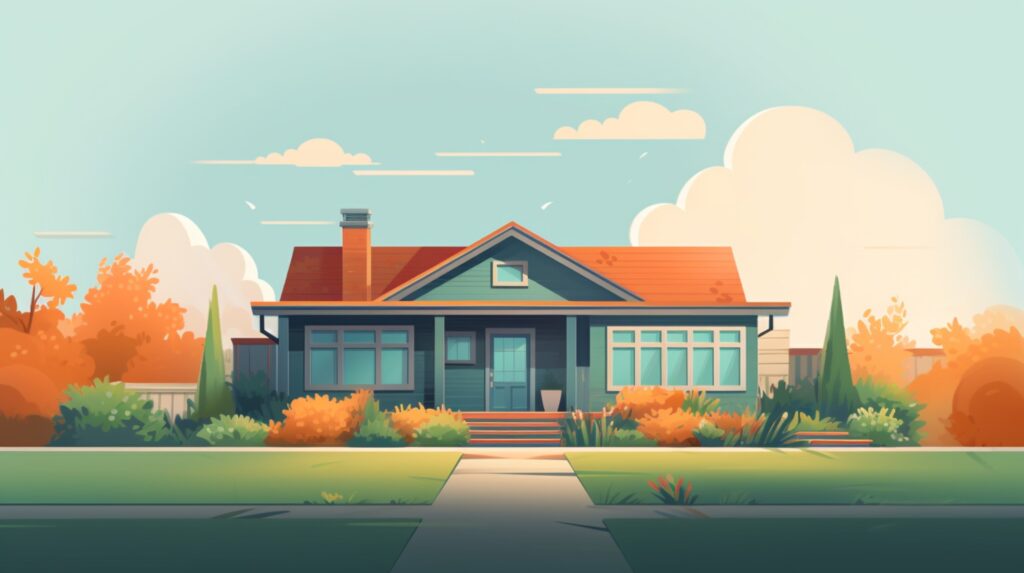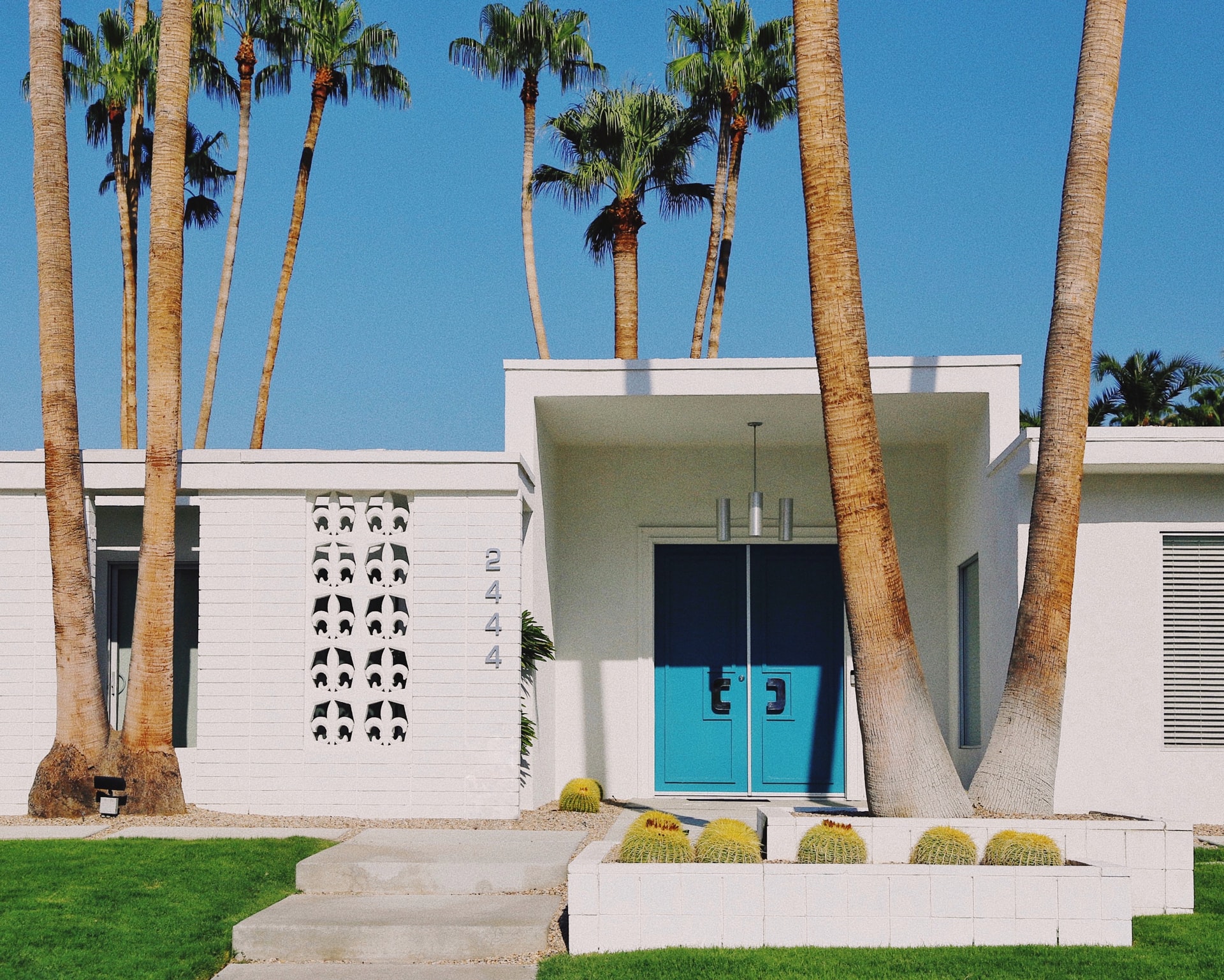
We are reader-supported. When you buy through links on our site, we may earn an affiliate commission.
Throughout the year, homeowners beautify their yards and create a private oasis with flowers, shrubs, trees and greenery. Many times, they rely on non-native plant species to accomplish this landscape. Yet, exotic plants often require more water, fertilizer, pesticides and general maintenance to grow.
Planting native varieties may alleviate these problems and help you create a sustainable, eco-friendly landscape for less.
1. Native Plants Conserve Water
Depending on how much water you use, you may spend upwards of $400 irrigating your lawn and watering your plants. Including native plants in your garden or landscape could minimize this cost by conserving water.
Since native plant varieties are accustomed to their habitat, they’re more likely to thrive between rains and survive drought and harsh weather conditions. Subsequently, you won’t have to water them except on rare occasions when you feel they could use a little extra hydration.
2. Native Plants Save Money
Since native plants are more resilient, they’ll be more likely to survive harsh winters and hot summers. Each spring, they’ll return and you’ll rarely have to purchase more plants to replace the dead ones. Meanwhile, your neighbors will continue to spend hundreds of dollars on their annuals each spring.
Additionally, they cost about as much to buy as nonnative varieties. On the other hand, they will stretch your dollars further and get you the best bang for your buck all around.
3. Native Plants Minimize Fertilizer Use
Many exotic plants require plenty of fertilizer to grow strong and weed-free. Often, rains wash these fertilizers off lawns and into surrounding waterways, polluting natural habitats and your drinking water. Yet, native plants don’t generally need fertilizers to thrive. Thus, by planting native varieties in your yard, you can minimize fertilizer-related costs and the effect you have on the surrounding environment.
4. They Mitigate Pest Problems
Since native plants adapt to your region, they’re better at defending themselves against pests than nonnative flowers and shrubs. From emitting volatile organic compounds after an attack to direct defense compounds like protease inhibitors, they know how to ward off insects, fungi and diseases. Naturally, their self-sufficiency eliminates the need for pesticides, saving you money and preventing pesticide drift, which can negatively impact the health of both humans and the environment.
5. They Restore Natural Habitats
Landscaping with native plants in your yard will also create a safe haven for wildlife, something that’s more important than ever before. Today, people inhabit 77% of the Earth’s surface; only 23% is wilderness. As the population grows, this small fraction of wild land will only continue to shrink — unless everyone does their part to restore natural habitats.
By planting them, you can restore environments and invite animals to share the land again. Doing so will naturally make your home more eco-friendly and sustainable.
6. Native Plants Promote Pollination
In addition to attracting wildlife, native plants will also draw butterflies, bees, hummingbirds, flies and other pollinators. These little guys have evolved alongside native species and thrive within the local climate, soil and growing season. Nonnative plants may be inadequate or inedible food sources for these animals. Therefore, it’s best to plant native flowers if you want to support pollinators — and the health of your own garden or landscape.
7. They Look Unique
In a neighborhood overflowing with roses and Japanese maples, a yard full of native plants will undoubtedly set you apart from the crowd. For many people, making their landscape unique is a huge advantage, especially when selling their home. Instead of blending in with surrounding houses, theirs will stand out and attract attention from potential buyers and those looking for a place with a bit of character.
Making the Switch
Depending on where you live, now may be the perfect time to make the switch. Evaluate your environment and take inventory of which varieties you have right now. Note the climate, sun and shade exposure of flower beds, soil texture, drainage and terrain. Then, find plants native to your particular region using online resources or searching the U.S. Department of Agriculture’s plant database.
As you transition from caring for exotic plants to growing for native ones, remember to take things one step at a time. You don’t have to make an instantaneous or even a complete switch to native varieties to enjoy their benefits. Simply plant what you can and watch as your plants thrive side by side.




